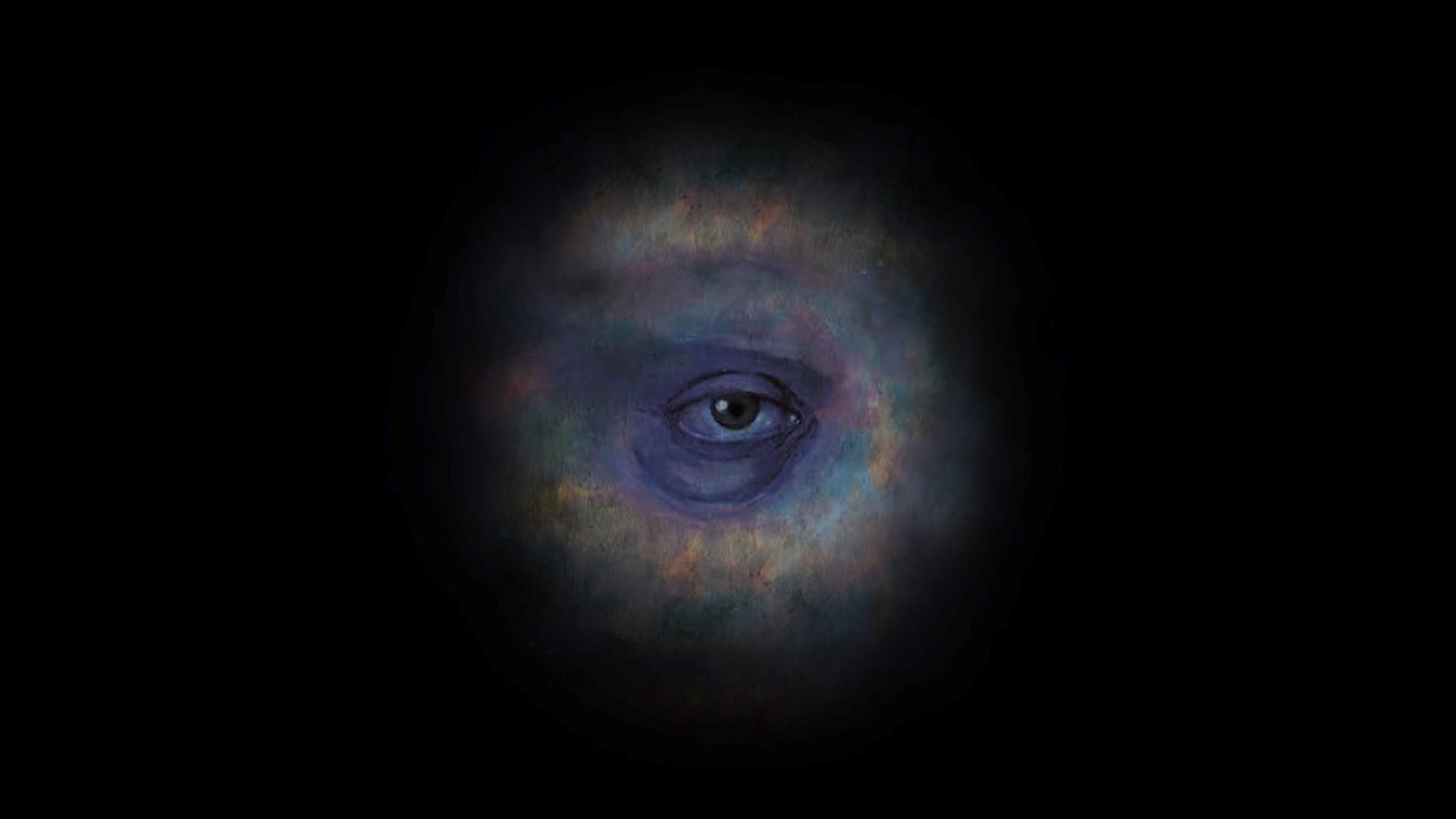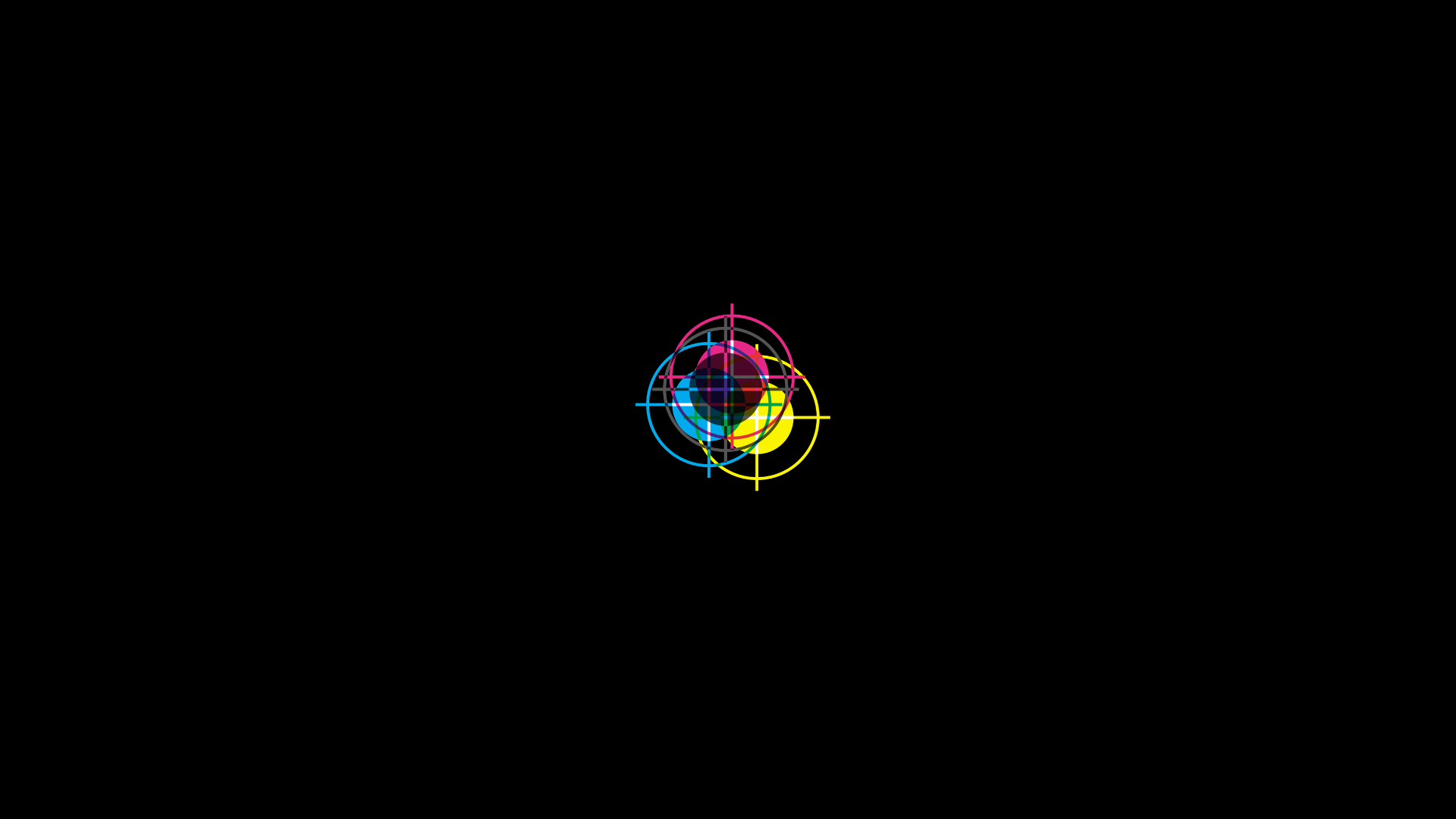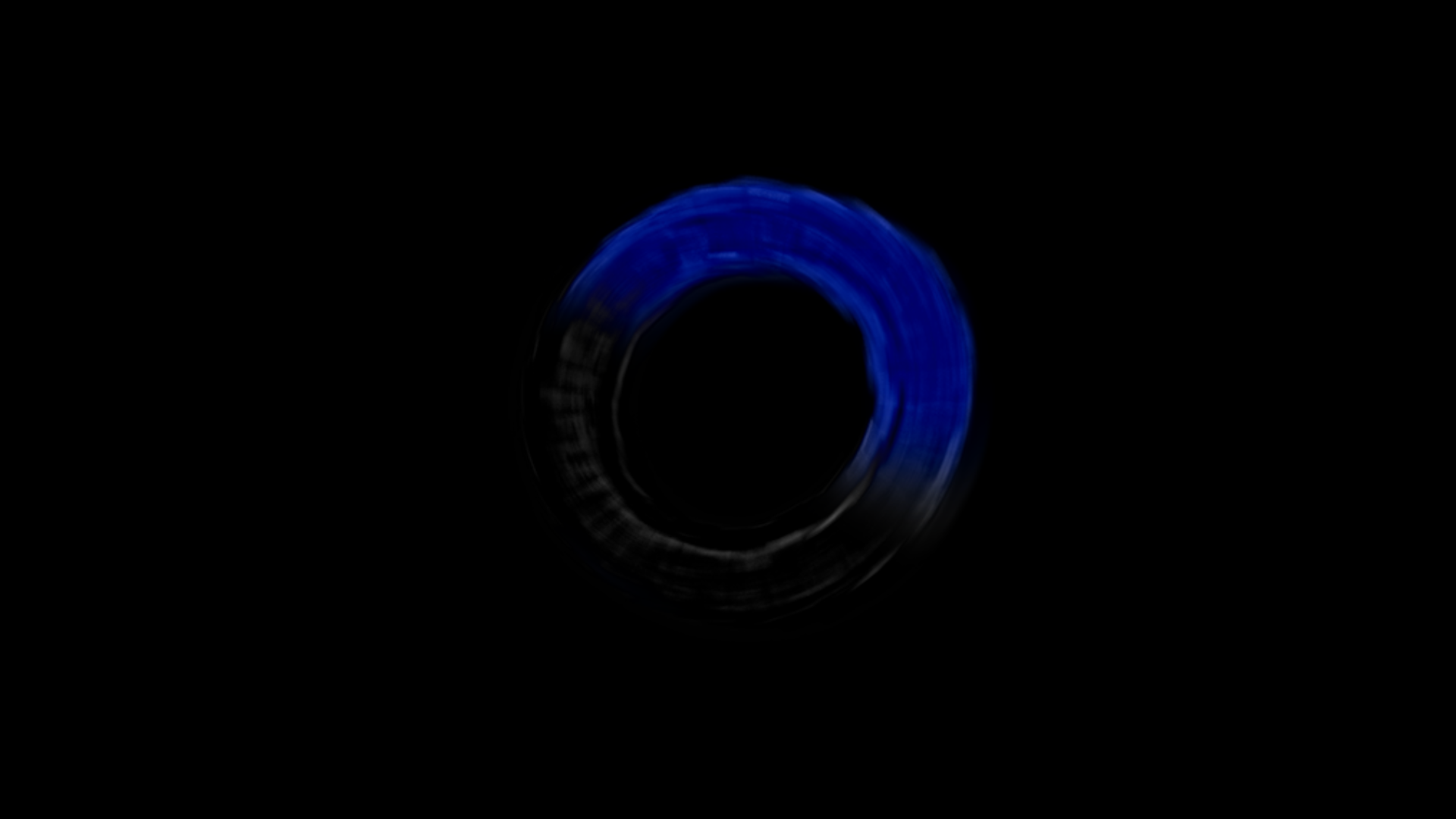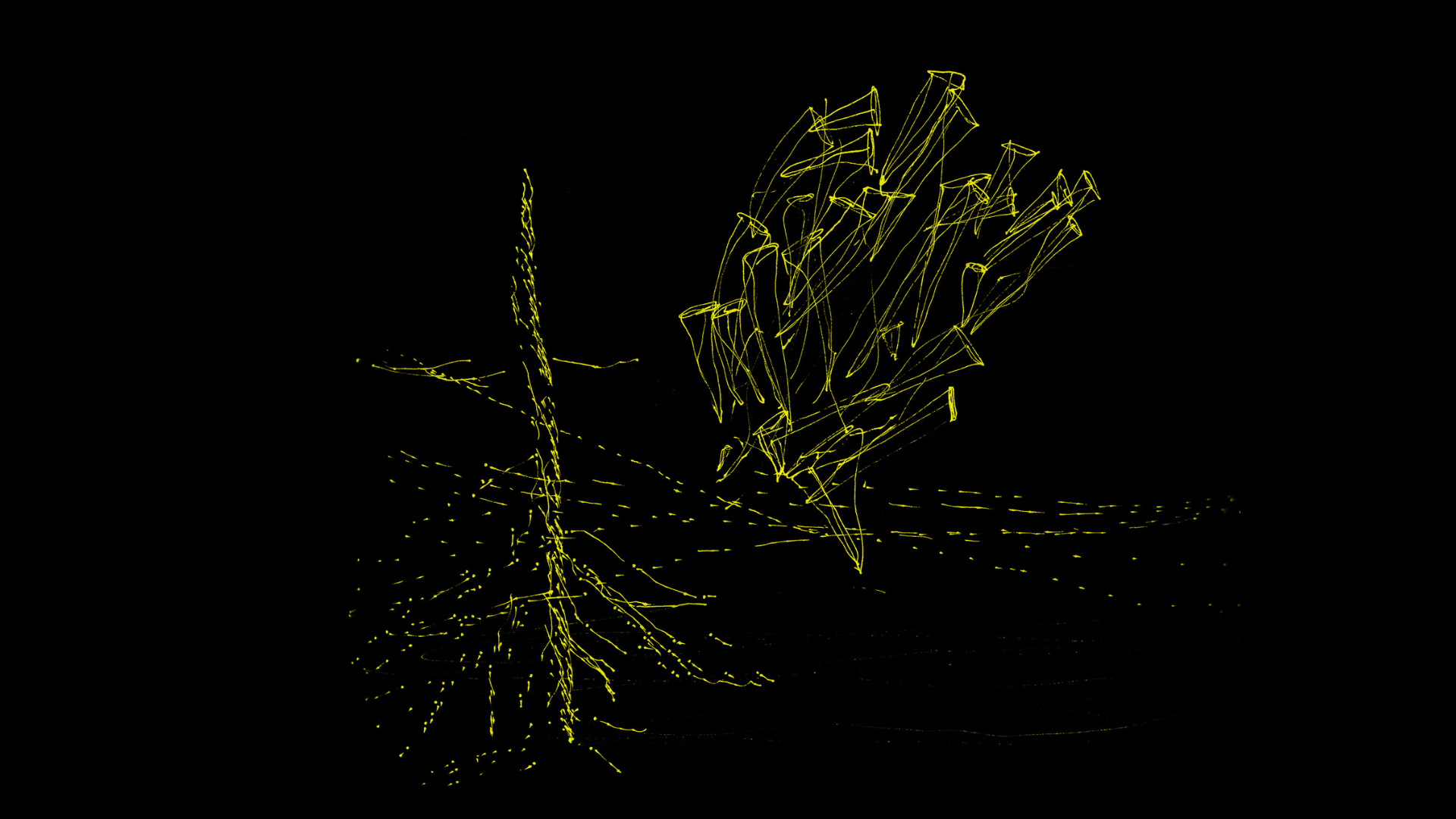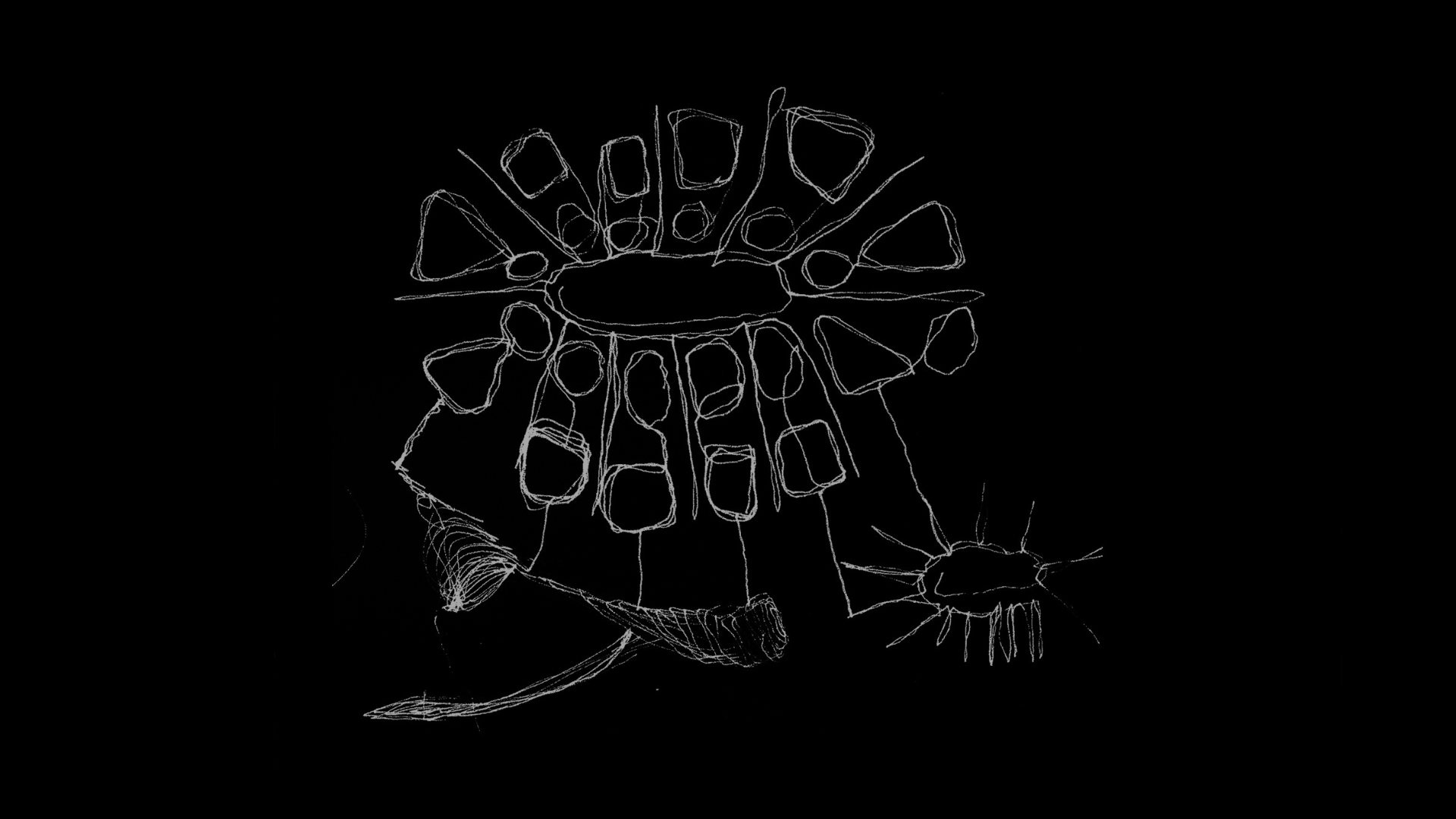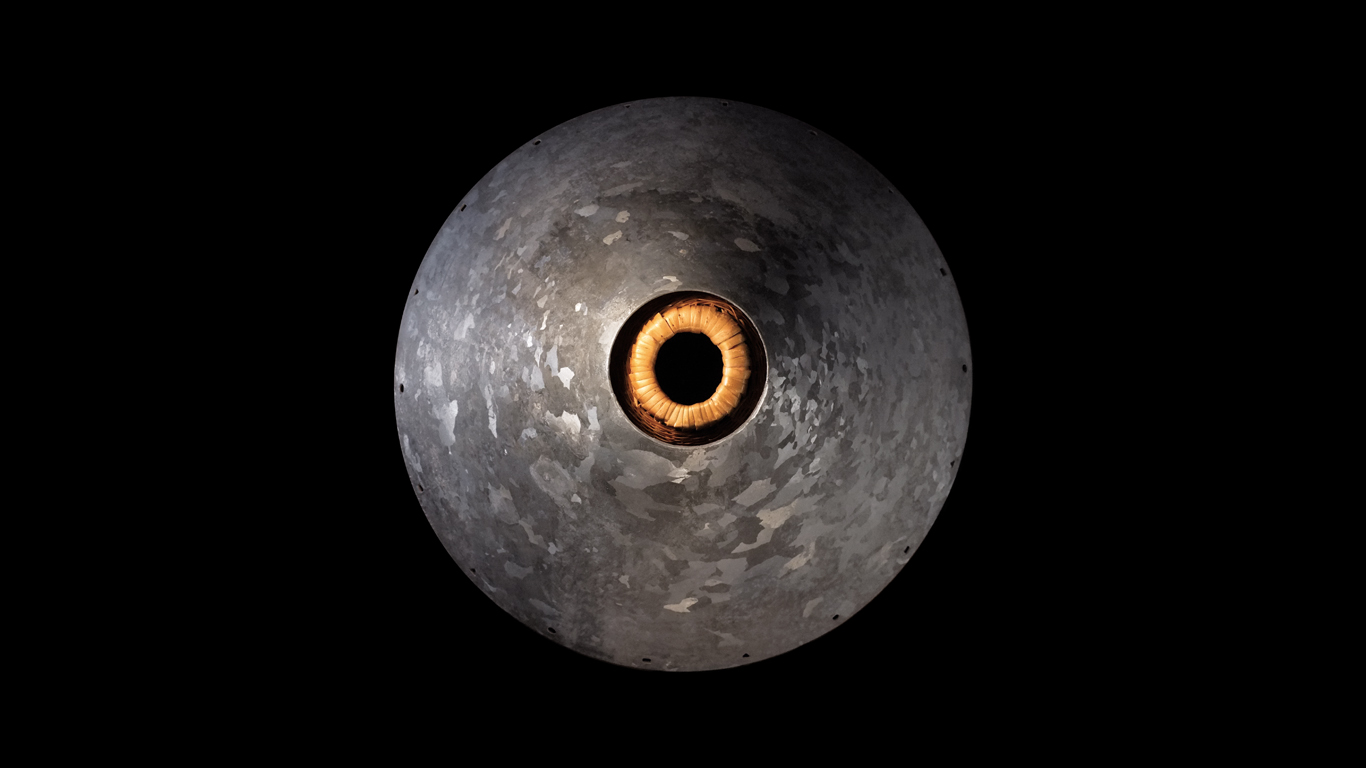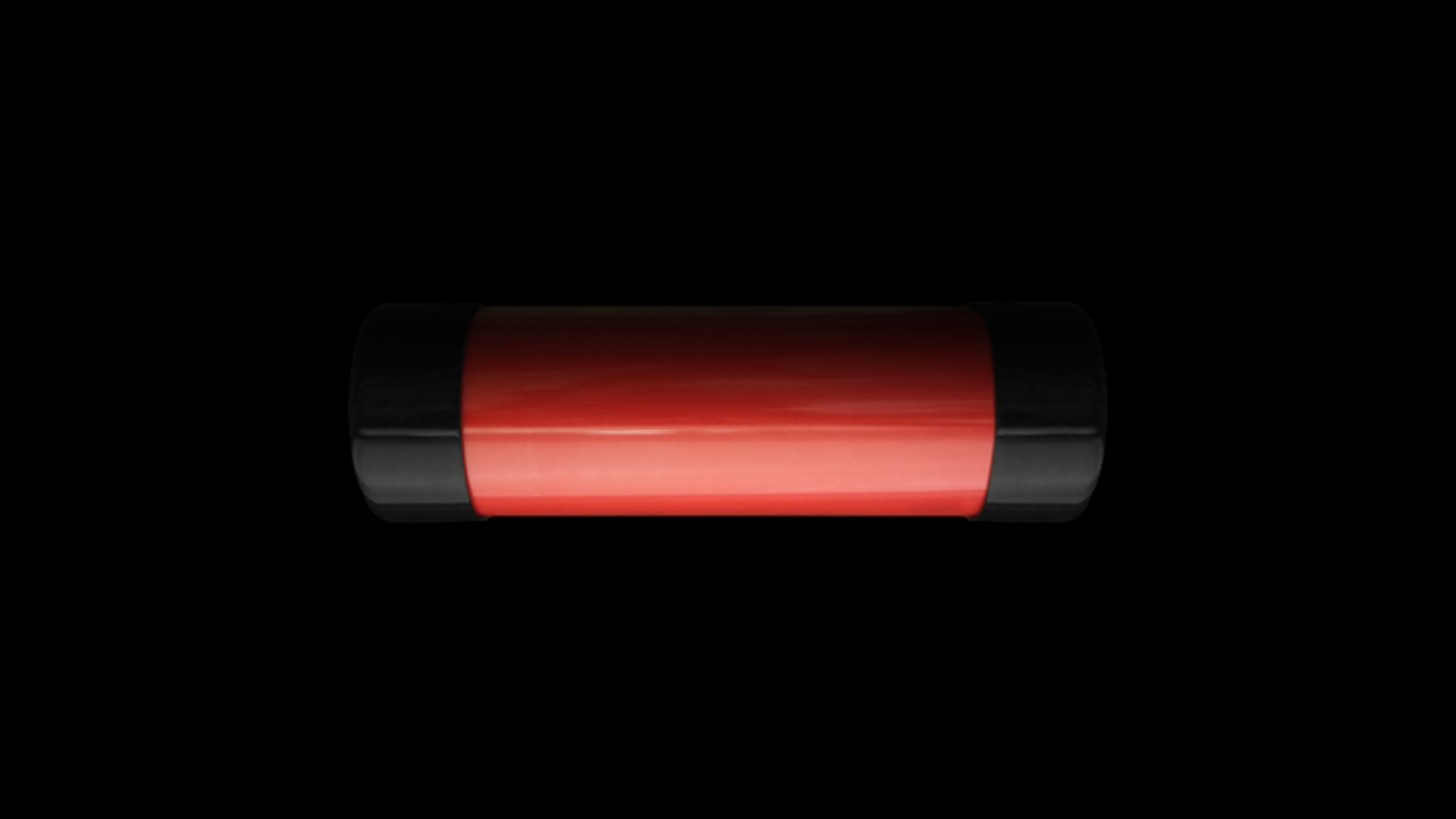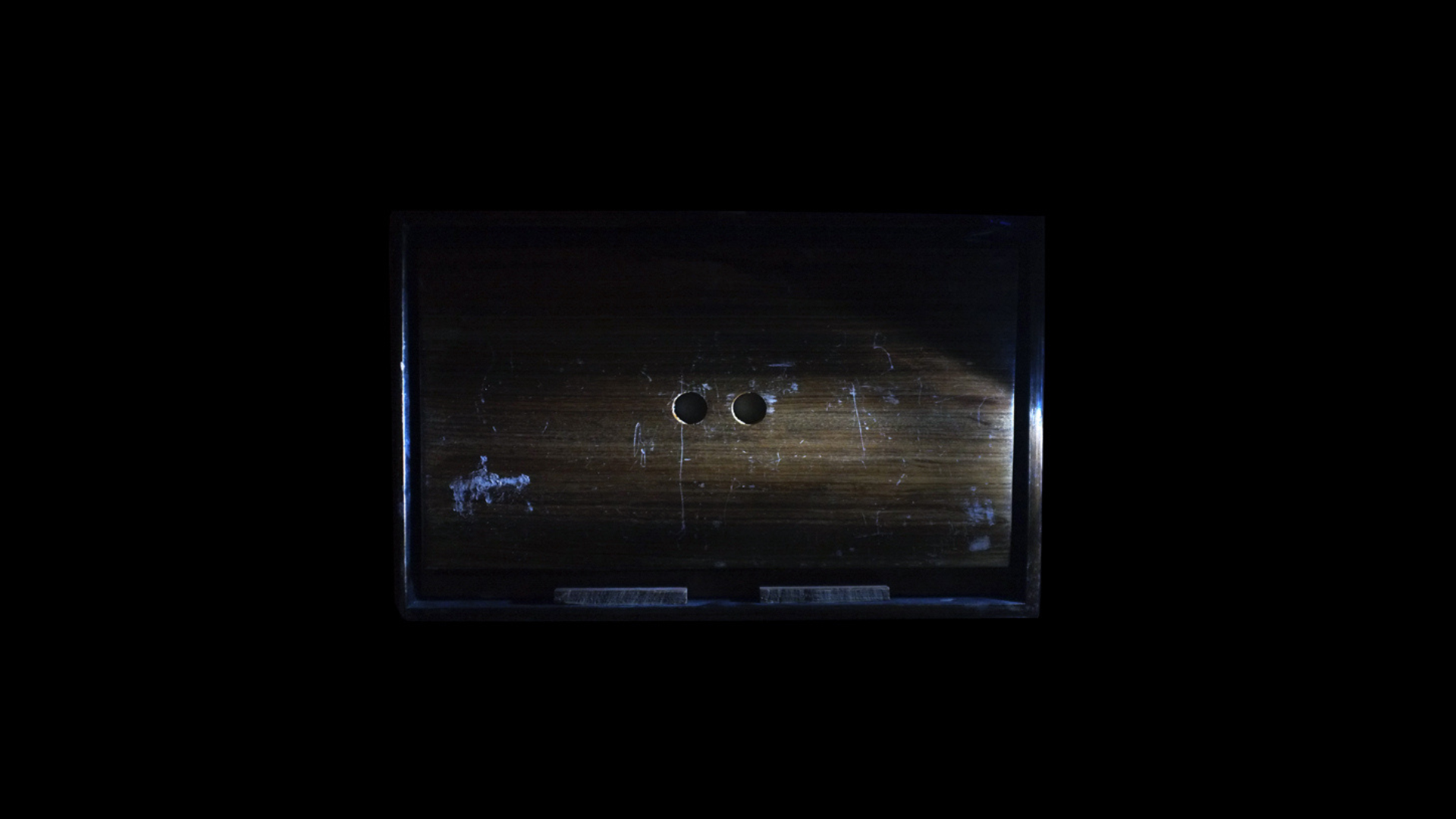At the lower and upper limits of the audible spectrum which humans are sensitive to, infrasonic and ultrasonic frequencies are found. Vibrating between infrared and ultraviolet frequencies, the visible color spectrum ranges from red to violet – the edges of the rainbow (ROYGBIV).
Colored noise is a tool for technical measurements in acoustics and sound design. Pink noise, red noise, green noise, blue noise, purple noise, and gray noise are all technically “filtered” white noise used to calibrate specific types of sound systems, or to induce relaxation and sleep, or to mask other sounds for purposes of privacy. Yet these “audible colors” hold spurious analogies to those visible.
There is neither consistence nor consensus over the criteria upon which the correspondences between visible and noise colors are based. As hypothetical and chimerical, they come to light. Red noise is alternatively known as brown or “Brownian noise” (named after Robert Brown, responsible for Brownian motion), and white noise – full frequency randomness – refers to white light and sounds like a waterfall.
The representations of color on screens and loudspeakers vary according to make, model, and condition of devices – further colored by the absorptive and reflective properties of physical materials, the acoustic characteristics of spaces they are in, and the sensory precedence of the observer-listener that perceives them.
Pure colors undergo impurification as their frequencies scatter into false analogies. Analogical colors fade into a riddling gamut that eludes definition or fidelity to actual colors. In the imagination, “[i]s this the reabsorption of noise by music or of music by noise— noise here in the sense of undifferentiated gangue, of unrefined mineral, from which would be shaped the musical note?”1
Playfully: red (Brownian) noise, green (bounded Brownian) noise, and blue noise make up RGB, a concrete chord for browsers of virtuality (blue screen), substitution (green screen), and error (red screen).
The technical languages of audiovisual systems differ in kind from the perceptions of hearing and seeing, which in turn differ from the experiences of listening and observing – in different lights.
The value of noise cancellation is the muting of colors to bring sharpness to music or transmitted speech. Silence is a presence that comfort noise2 stands in for: a shaded aura that comes to the fore through the open (or absent) gates of noise reduction. What color does an absent mood ring?
A prism in reverse binds colors back into white light. Meanwhile, “tuning is a social activity.”3 Platonically, “the best of bonds is that which makes itself and those which it binds as complete in unity as possible; and the nature of proportion is to accomplish this most perfectly.”4
From the chaos of noise, colors pass into the roundness of listening. Their frequencies figure portals to key into and exit back to full spectrum.
1 Michel Chion, Sound: an Acoulogical Treatise (Durham: Duke University Press, 2016), 66.
2 Comfort noise is background noise used to replace silence in audio transmissions.
3 Siegfried Zielinski and Anthony Moore, “3 Stations in a Deep Time Travel through the Sonic World,” Ars Electronica (lecture, St. Florian Monastery, Linz, September 7, 2019).
4 Plato, Timaeus (London: Macmillan, 1888), 97.







